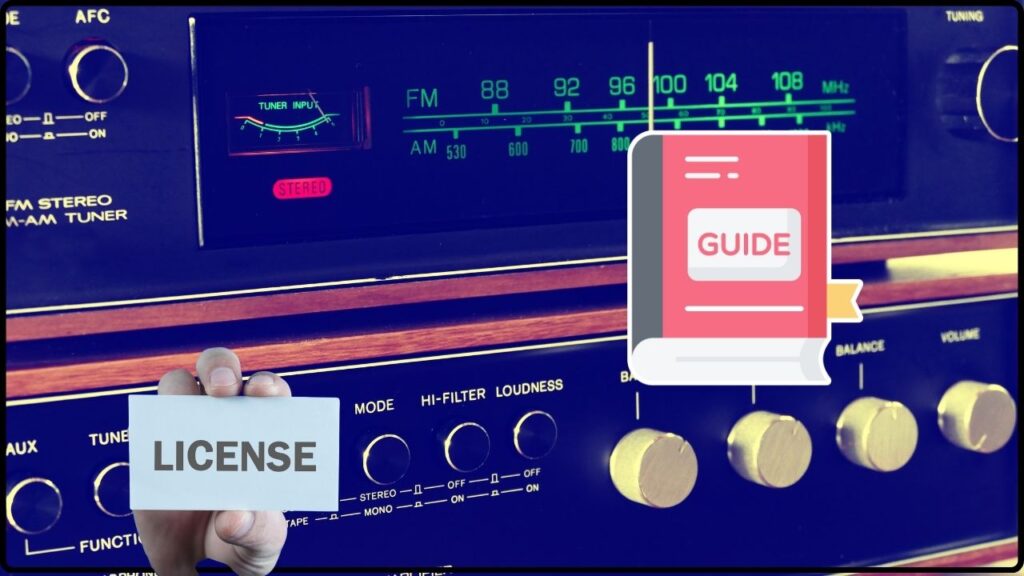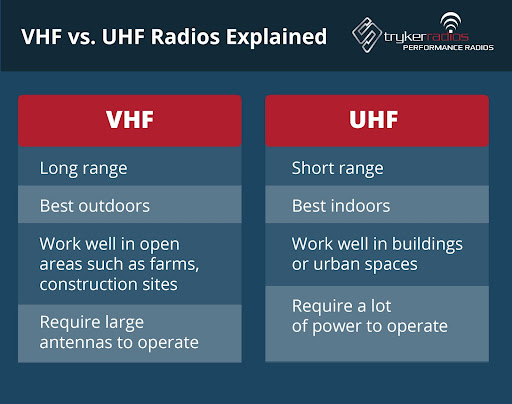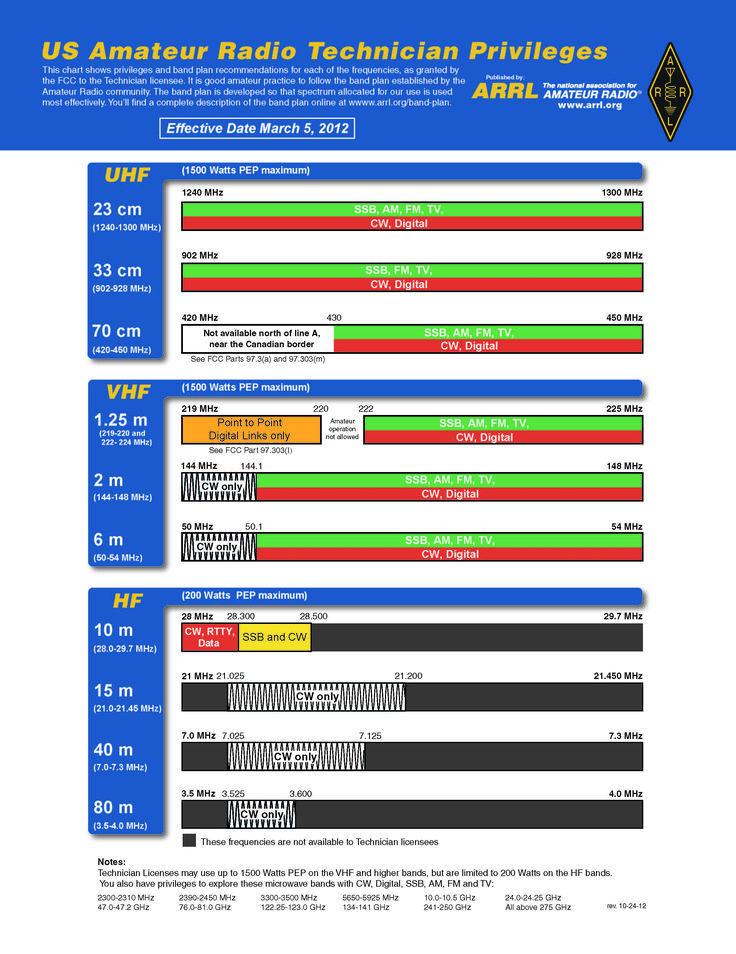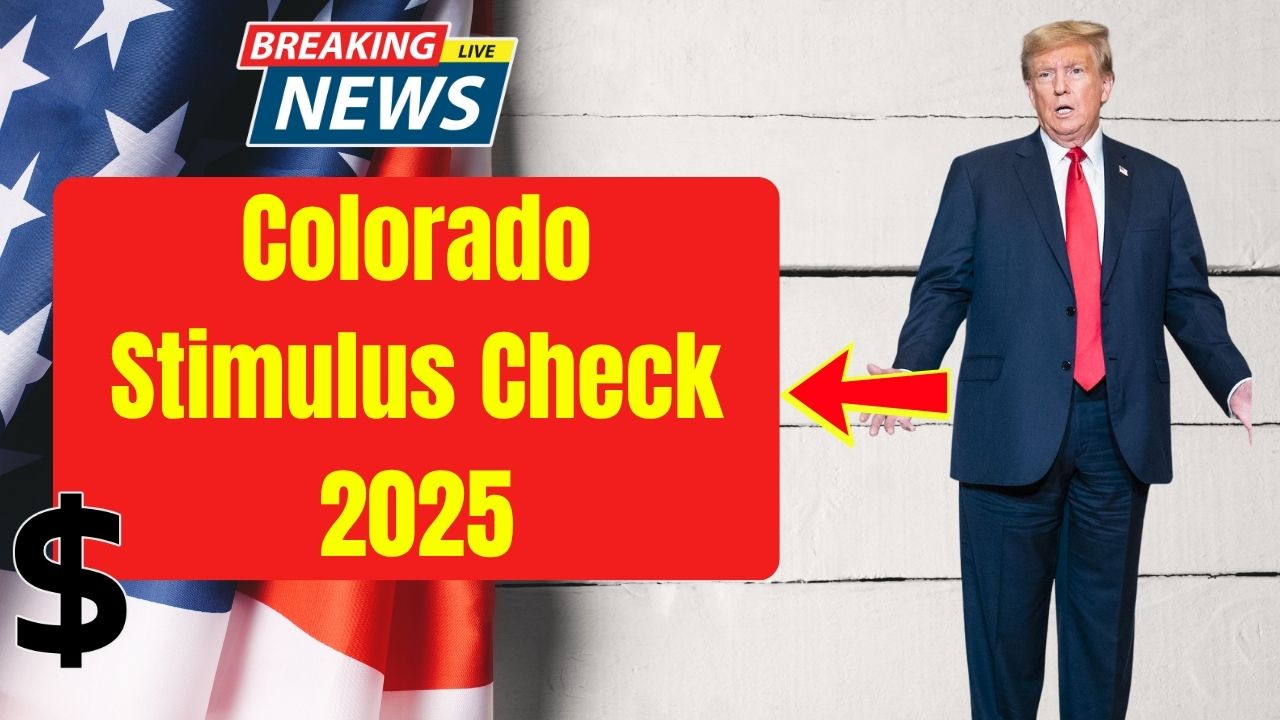The Ultimate Free Technician License Study Guide: Getting your Amateur Radio Technician License ain’t just a diploma — it’s your ticket into a world where science, skill, community, and fun collide. Whether you’re a curious kid or a seasoned pro wanting to brush up, this guide breaks down everything you need to know about the Technician License, FCC rules, operating procedures, and radio wave basics in a way that’s easy to understand, packed with practical tips, and straight from the experts who’ve been there, done that. So, grab your favorite snack, and let’s dive in!
The Ultimate Free Technician License Study Guide
Getting your Technician License is like opening a door to a community that spans the globe, from local nets to conversations with astronauts aboard the ISS. This guide has laid down the solid foundation, from FCC rules, through operating procedures, to the nuts and bolts of radio wave propagation. Study smart, respect the airwaves, and get ready to blast off on an exciting ham radio journey. Remember, it ain’t just about passing a test — it’s about becoming part of a legacy of explorers and communicators who keep the spirit of free speech and emergency readiness alive. So, gear up, study hard, and welcome to the coolest club on the planet!

| Topic | Details & Data |
|---|---|
| License Type | Technician Class |
| Exam Format | 35 multiple-choice questions, 26 to pass |
| Exam Fee | $15 or less |
| License Privileges | VHF/UHF frequencies, limited HF, voice & digital modes |
| Equipment Cost | Starting from under $100 for handheld radios |
| Radio Wave Propagation Basics | Radio waves travel line-of-sight; occasional ionospheric bounce for long distances |
What is the Technician License?
In the vast landscape of ham radio, the Technician License is your entry-level badge of honor issued by the Federal Communications Commission (FCC). It’s designed to get beginners on air, mostly with VHF and UHF frequencies, where you can chat locally and even reach out to repeaters that amplify your signal far and wide. No Morse code hustle needed anymore, making it super accessible.
This license grants you voice, digital, and Morse (CW) privileges on certain bands, including the popular 2-meter and 70-centimeter bands, plus limited HF privileges. The exam? 35 multiple-choice questions, and you need at least 26 correct to pass. It covers rules, operating practices, and basic electronics, making sure you’re ready to roll safely and legally.
Understanding FCC Rules & Regulations
Navigating the FCC rules is like knowing the playbook before hitting the field. The foundational legal framework is Part 97 of the FCC rules, tailored for amateur radio operators. Here’s what you gotta know:
- Operating Legally: You must be licensed to transmit.
- Call Sign ID: Identify your station with your call sign when you start talking, every 10 minutes during long chats, and when finishing up.
- Power Limits: Most Techs can crank up to 200 watts PEP, depending on the band.
- No Commercial Use: Amateur bands aren’t for selling stuff or business spam — just for fun, learning, and emergency comms.
- Respect Other Hams: Avoid hogging channels, and follow etiquette to keep the hobby friendly and fair.
Operating Procedures for Smooth Communication
Good ops are key to making friends and avoiding headaches on the airwaves. Here’s how to shine:
- Listen First: Check if the frequency is busy before you jump in.
- Clear & Concise: Use your call sign and keep messages straightforward.
- Use Repeaters Wisely: These stations boost your signal but follow their specific access tones and courtesy protocols.
- Emergency Ready: Amateur radio plays a big role in disaster response. Know how to switch to emergency channels and protocols.
- Practice Makes Perfect: Regularly participate in nets, contests, and clubs to sharpen skills and build community.
Radio Waves & Propagation: The Science Behind Your Signal
Radio might seem like magic, but it’s all physics. Here’s the scoop:
- Line-of-Sight Travel: VHF/UHF signals generally travel straight and hit obstacles easily — kinda like shining a flashlight. That’s why antennas matter!
- Frequency and Wavelength: Higher frequency means shorter wavelengths. Technicians often use VHF (30-300 MHz) and UHF (300-3000 MHz).
- Propagation Modes:
- Ground Wave: Signals hugging the Earth’s surface for short distances.
- Skywave: Signals bouncing off the ionosphere for long-distance comms.
- Sporadic E, Tropospheric Ducting: Special conditions that help signals travel over the horizon temporarily.
- Antenna Polarization & Placement: Matching antenna polarization and height above ground optimizes range and clarity.
- SWR (Standing Wave Ratio): Measures how well your antenna matches your transmitter; keep this low to protect gear and maximize signal efficiency.

What’s on the Technician License Exam?
The exam is split into 10 main categories with 35 questions. Here’s a quick breakdown of what to expect from each section:
- Commission’s Rules (6 questions)
Covers purpose and permissible use of amateur radio, operator licenses, interference, and control operator duties. - Operating Procedures (3 questions)
Topics include frequency selection, repeater offsets, emergency protocols, and RACES/ARES participation. - Radio Wave Propagation (3 questions)
Basic propagation concepts and effects on signal travel. - Electrical Principles (4 questions)
Ohm’s Law, voltage, current, resistance, and basic circuits. - Station Equipment (6 questions)
Transceivers, receivers, power supplies, and antenna basics. - Antennas and Feed Lines (2 questions)
Types, concepts of gain, polarization, and SWR. - Practical Circuits (4 questions)
Modulation, oscillators, mixers, interference, and SWR measurements. - Signals and Emissions (4 questions)
FM, SSB, satellite operation, and digital modes. - Safety (3 questions)
Lightning protection, hazardous voltages, grounding, and RF exposure. - Miscellaneous (some topical questions related to operations and regulations)
How to Prepare Effectively With The Ultimate Free Technician License Study Guide?
- Study the Concepts, Not Just Answers: Don’t just memorize answers; understand the why behind each topic for long-term mastery.
- Use Free Study Guides and Apps: Grab Dan Romanchik’s No-Nonsense Technician Class guide and use online tools like HamStudy.org that offer flashcards, video tutorials, and practice tests.
- Practice Tests: Take multiple timed and untimed practice exams to build speed and confidence. Focus on questions you miss for targeted review.
- Join a Local Club or Online Community: Learning with others keeps motivation high and lets you ask real-world questions.
- Register and Take Your Exam: Use the FCC’s Universal Licensing System (ULS) to register and find a Volunteer Examiner group near you.

Practical Tips & Real-life Examples
- Gear Up Smart: Beginners often start with a $50-$100 handheld radio like the Baofeng UV-5R. It’s affordable and great for local VHF/UHF comms.
- Test Your Setup: Use an SWR meter to make sure your antenna is tuned right, or you might get a weak signal or damage your radio.
- Safety Matters: Always install antennas safely, avoid power lines, and ground your equipment to prevent shocks or equipment damage.
- Emergency Communication: Practice emergency drills with local groups, because amateur radio is vital during disasters when phones and internet go down.
- Get Hands-On: Participate in nets and contests to gain confidence operating on the air.
ARES vs. RACES: What’s the Difference and Which Should You Join?
What is ARES? A Complete Guide to the Amateur Radio Emergency Service










